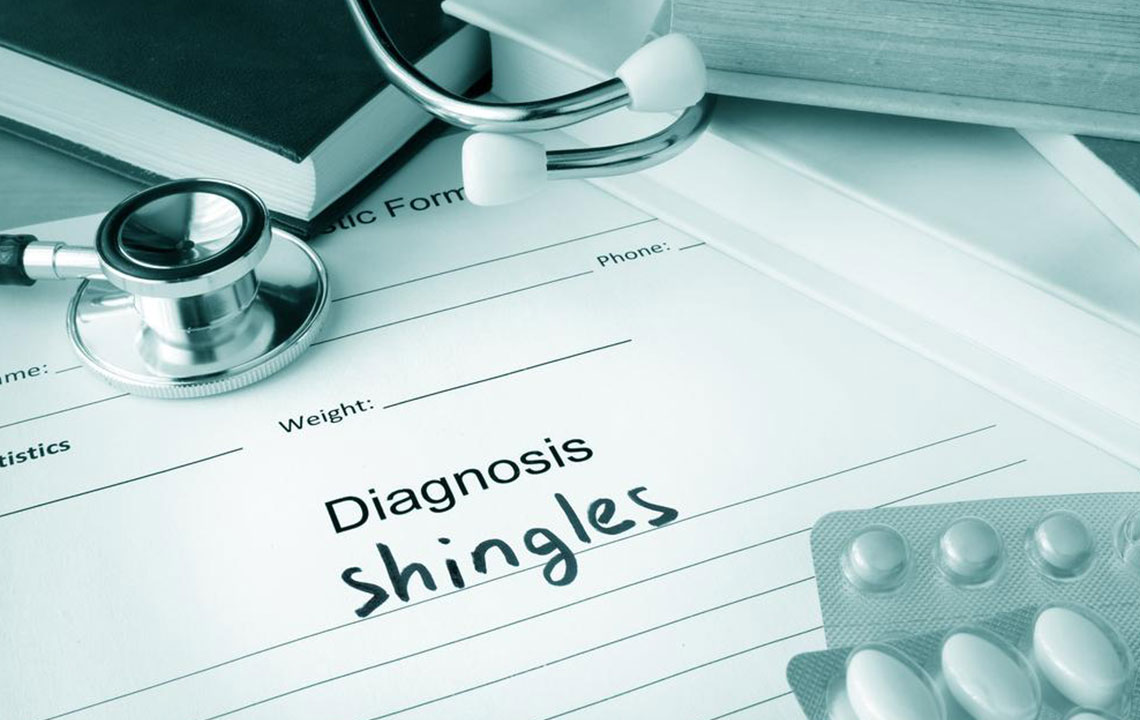Understanding Shingles: Symptoms, Causes, and Treatment Options
Discover comprehensive details about shingles, including symptoms, transmission, and treatment options. Early intervention with antiviral medications can significantly reduce the duration and severity of the outbreak. Learn how to recognize signs and seek prompt medical care to prevent complications like postherpetic neuralgia. This guide provides essential information for understanding and managing shingles effectively.

Understanding Shingles: Symptoms, Causes, and Treatment Options
Shingles presents as painful skin rashes with blisters, often appearing on one side of the body.
The condition results from the reactivation of the varicella-zoster virus, the same virus responsible for chickenpox. After recovering from chickenpox, the virus remains dormant in nerve roots and can reactivate years later, leading to shingles. Anyone with a history of chickenpox can potentially develop shingles, though not everyone will.
Transmission:
The virus spreads through contact with fluid from shingles blisters.
Symptoms:
Initial signs include flu-like feelings such as headache and discomfort, without fever. Pain and itching develop in specific areas, followed by a rash over one to two days.
Shingles Treatment:
While there is no definitive cure for shingles, early medical intervention can reduce severity and duration. Antiviral drugs are effective when started promptly after rash appearance, alleviating pain and speeding recovery.
Over-the-counter pain relievers like Ibuprofen can help manage discomfort. Applying topical antibiotics over blisters may prevent infection.
Some individuals experience pain lasting beyond recovery, a condition called postherpetic neuralgia, which may require ongoing treatment.
Numbing creams such as Lidocaine or Capsaicin can alleviate persistent pain. In certain cases, antidepressants are prescribed to manage long-term effects.
A shingles outbreak typically lasts from two to six weeks. Multiple episodes are rare but possible, especially in immunocompromised individuals.
Seek medical attention early to minimize complications and improve recovery chances.










